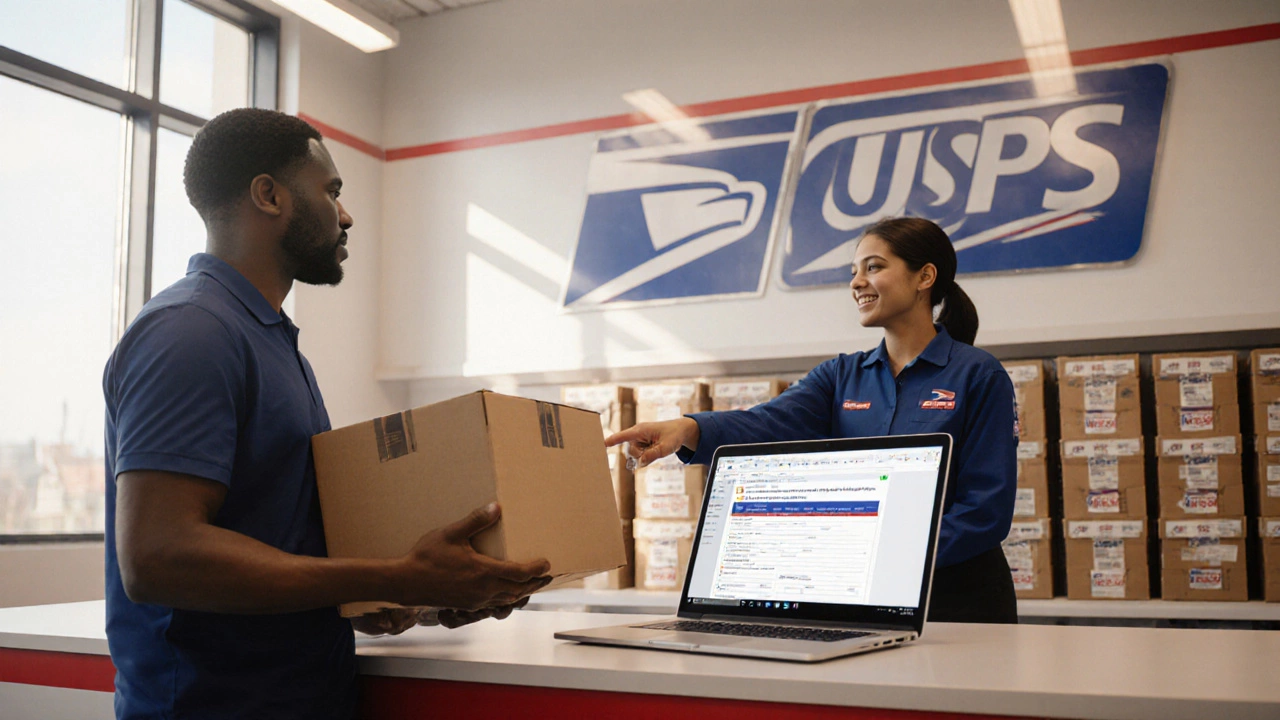Customs Made Simple: What Every Business Needs to Know
Ever wondered why a package sits at the border for days while you’re waiting for that order? The answer is usually customs. It’s the gatekeeper that makes sure every import follows the rules, pays the right taxes, and meets safety standards. Getting through customs doesn’t have to be a nightmare, especially when you know the basics and have a partner who knows the ropes.
Key Papers and Steps for Clearance
The first thing you’ll need is a commercial invoice. It’s more than a receipt – it tells customs what the goods are, how many, and how much they cost. Pair that with a packing list that breaks down each box, and you’ve covered the core info customs asks for.
Next up is the bill of lading or airway bill, depending on whether you ship by sea or air. This document proves the carrier has taken possession of the cargo. If you’re moving high‑value or regulated items, a certificate of origin might be required to prove where the goods were made.
Don’t forget about duty and tax calculations. Most countries use the HS code system – a six‑digit number that classifies every product. Once you have the right HS code, you can look up the duty rate and estimate the tax you’ll owe. Mistakes here can cause delays or extra charges, so double‑check.
Finally, submit the paperwork through a customs broker or an online portal if your country supports it. The broker acts as your voice, handling the back‑and‑forth with officials and making sure everything complies. Many businesses skip this step and end up paying fines or waiting for clarification.
How StockOne Helps You Beat Customs Delays
At StockOne Logistics, we treat customs like a sprint, not a marathon. Our team of experienced brokers knows the HS codes for thousands of products, so we can assign the right code in minutes, not days. We also keep a library of pre‑approved documents, meaning you won’t have to hunt for certificates when you need them fast.
We monitor duty rates across major markets and flag any changes that could affect your cost structure. That way you can plan pricing ahead of time instead of reacting to surprise fees. Plus, our real‑time tracking shows you exactly where your shipment is in the customs process, so you can keep your customers in the loop.
Another win: we consolidate small shipments into larger ones when possible. This reduces the number of customs entries you have to file, cutting paperwork and lowering per‑shipment fees. It’s a simple trick that saves time and money, especially for e‑commerce brands shipping dozens of SKUs.
If you ever hit a snag – like a missing document or a classification dispute – our dedicated support team steps in immediately. We’ve built relationships with customs authorities in India, the EU, the US, and beyond, which means faster resolutions and fewer hold‑ups.
Bottom line: customs doesn’t have to be a roadblock. With the right paperwork, an understanding of duties, and a logistics partner that’s on top of every detail, your goods can move from factory floor to customer doorstep with minimal fuss. Ready to simplify your cross‑border shipping? Let StockOne handle the customs maze so you can focus on growing your business.
USPS International Shipping: Can You Send Packages Abroad?
Discover how USPS ships internationally, compare its services, learn customs steps, costs, and tracking options to send packages worldwide.
Read MoreFreight Forwarding Activities Explained: What Really Happens Behind the Scenes
Freight forwarding goes way beyond just moving goods from point A to point B. This article breaks down the real tasks freight forwarders handle, including booking, paperwork, customs, insurance, storage, and making sure shipments arrive on time. Get clear insights into how they smooth the process and tips to make your own shipping experience better. Whether you’re new to logistics or already shipping, you’ll get everyday advice that actually helps. Discover what really happens every step of the way.
Read More
